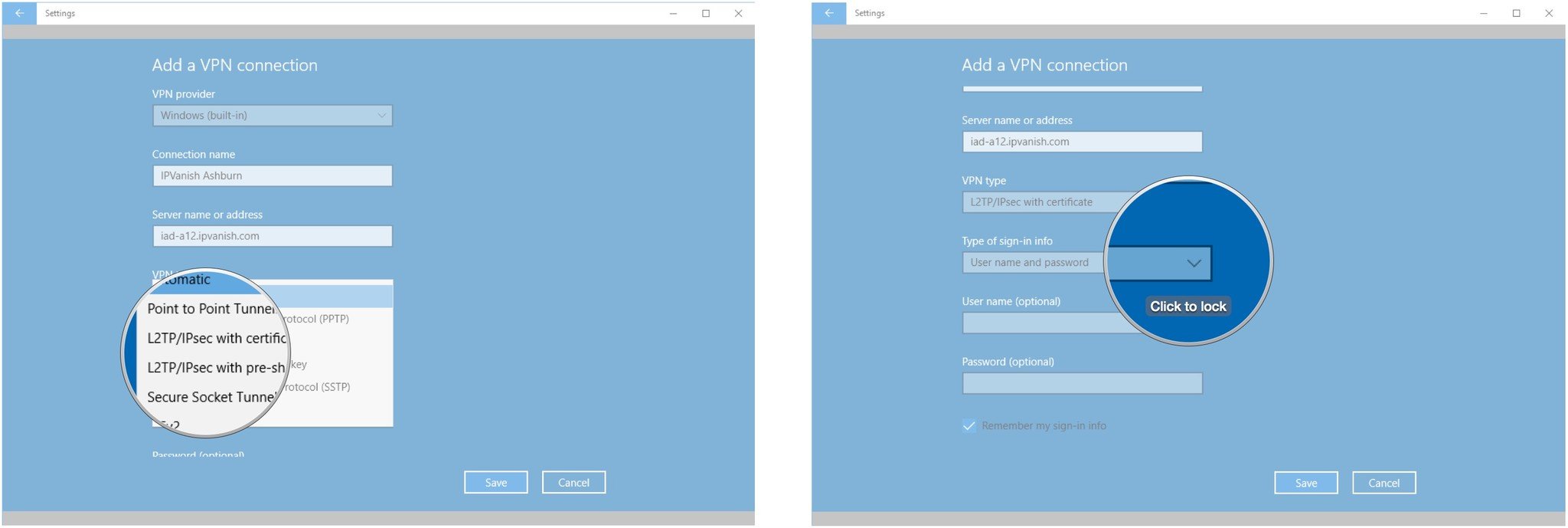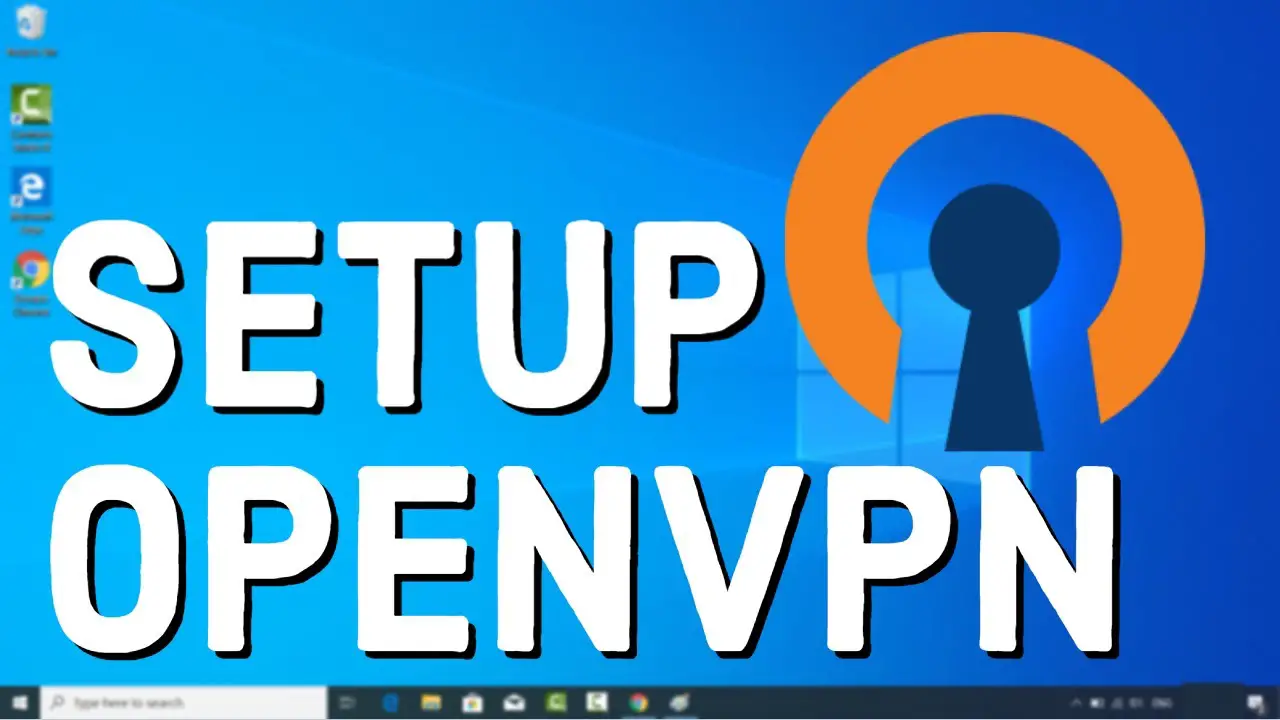How to Install and Configure a VPN on Windows 10

A VPN, or Virtual Private Network, is a private network that allows you to securely access another network over the Internet. This can be useful for businesses that want to allow employees to securely access company resources from home, or for individuals who want to protect their privacy and security when using public Wi-Fi networks.

Installing a VPN on Windows 10

There are many different VPN providers available, and each one will have its own instructions for installing and configuring their VPN software. However, the general steps are as follows:
- Download the VPN software from the provider’s website.
- Install the software on your computer.
- Launch the VPN software and sign in with your account credentials.
- Select the server location that you want to connect to.
- Click the “Connect” button.
Once you are connected to the VPN, your internet traffic will be encrypted and routed through the VPN server. This will protect your privacy and security, and it will also allow you to access websites and services that may be blocked in your country.
Configuring a VPN on Windows 10
Once you have installed a VPN, you may need to configure it in order to get it to work properly. The following are some common VPN configuration settings:
- Server address: This is the IP address or hostname of the VPN server that you want to connect to.
- Port: This is the port number that the VPN server is listening on.
- Encryption protocol: This is the type of encryption that will be used to protect your internet traffic.
- Authentication method: This is the method that will be used to authenticate you to the VPN server.
You can usually find the correct configuration settings for your VPN provider on their website. Once you have configured your VPN, you should be able to connect to the VPN server and start using it.
Using a VPN on Windows 10
Once you have installed and configured a VPN, you can use it to protect your privacy and security when using the internet. To use a VPN, simply launch the VPN software and connect to a VPN server. Your internet traffic will then be encrypted and routed through the VPN server.
You can use a VPN to access websites and services that may be blocked in your country. For example, if you are in China, you can use a VPN to access websites that are blocked by the Chinese government. You can also use a VPN to protect your privacy when using public Wi-Fi networks. For example, if you are using a public Wi-Fi network in a coffee shop, you can use a VPN to prevent other people from snooping on your internet traffic.
VPNs are a valuable tool for protecting your privacy and security online. If you are concerned about your privacy or security, you should consider using a VPN.


A virtual private network (VPN) offers a secure and private way to use the internet. However, selecting the best VPN can be a daunting task. Price, features, customer support, and encryption protocols are important factors to keep in mind. This guide comprehensively covers the process of setting up a VPN on Windows 10, from selecting a provider to testing the connection, ensuring a seamless and secure online experience.
Can you clarify what encryption protocols are and why should they matter to me when choosing a VPN provider?
VPNs sound great, but aren’t they a bit of a security risk? And how can I be sure the VPN provider itself isn’t monitoring or logging my activity?
This guide is too basic! It doesn’t cover advanced features like split tunneling or using a VPN for torrenting. You should also mention the potential impact of VPNs on internet speed.
Step 1: Choose a VPN provider, but only if you have a spare kidney to sell! Some of these providers are ridiculously expensive.
Why bother with all this VPN stuff? Just use a public Wi-Fi hotspot and let the world see all your juicy browsing history!
Installing a VPN is like putting a Band-Aid on a gaping wound. It might provide temporary relief, but it won’t address the underlying issues with online privacy.
VPNs are all well and good for accessing region-locked content, but what about using them to bypass censorship in countries with oppressive regimes? Is that ethical?
The guide mentions using a kill switch, which is crucial for maintaining privacy. However, it should also emphasize the importance of DNS leak protection and using a VPN that supports perfect forward secrecy.
This guide assumes that all VPNs are created equal. However, there are significant differences in terms of logging policies, jurisdiction, and performance. It’s essential to research and compare providers before making a decision.
While VPNs can enhance privacy, they should not be seen as a silver bullet. It’s equally important to practice good online hygiene, such as using strong passwords, being mindful of what information you share, and being cautious of phishing scams.
I’m curious, what are some of the best VPN providers in the market right now? I’m looking for one that offers a good balance of speed, security, and affordability.